The last thing you want to see is a dashboard warning light flashing back at you. But what do those lights really mean? You know that ignoring them isn’t an option, but deciphering their codes can be overwhelming. From the airbag warning to the Check Engine light, each symbol corresponds to a specific issue that demands your attention.
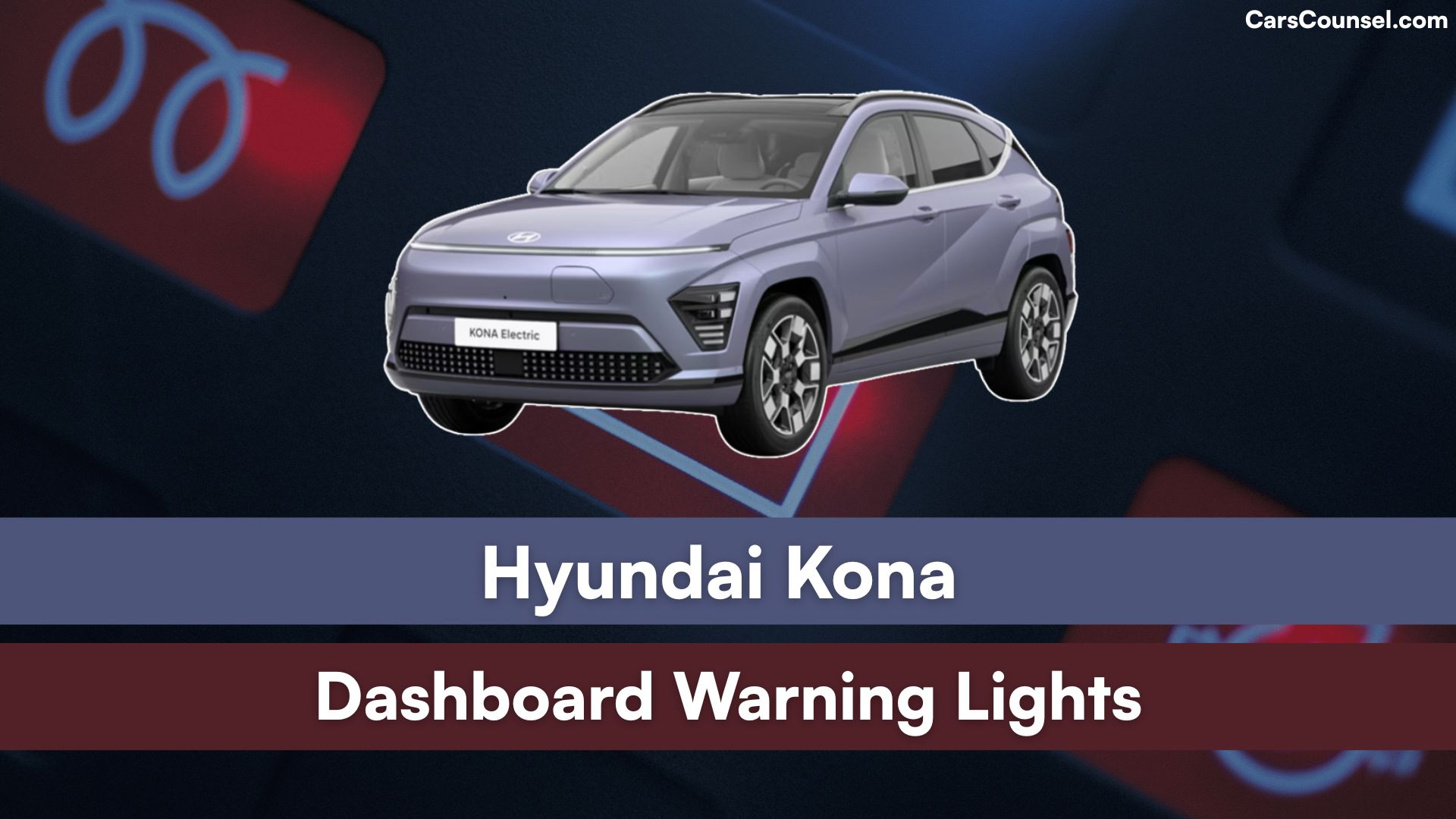
As you glance at your dashboard, you can’t help but wonder: what’s triggering that warning light, and what do you need to do to get your Kona back on track?
Quick Navigation
Safety Features and Warnings
The Hyundai Kona’s safety features and warnings are designed to alert you to potential hazards and malfunctions.
Airbag Warning Light

Airbag maintenance is vital, and the airbag warning light will illuminate for 6 seconds during the system check, remaining on if there’s a malfunction with the Safety Restraint System (SRS) airbag operation.
You’ll also be alerted to road condition hazards, such as icy roads, which may be slippery due to ice.
BRAKE Warning Light
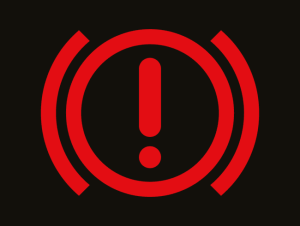
Other safety features and warnings include the BRAKE warning light, which illuminates due to parking brake application or low brake fluid levels.
ABS Warning Light
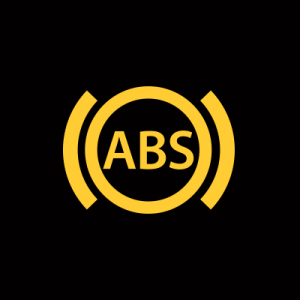
The ABS warning light illuminates for 3 seconds during system check, remaining on if there’s a fault with the anti-lock braking system.
Airbag maintenance is pivotal, and regular checks are necessary to ensure proper function.
Engine and Performance Warnings
Your Hyundai Kona’s engine and performance warnings are designed to alert you to potential issues that could impact your vehicle’s operation.
Check Engine Warning Light
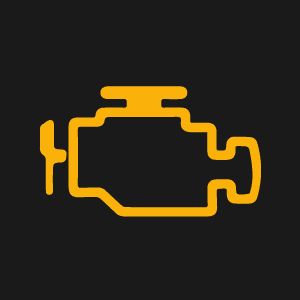
If the Check Engine warning light illuminates, it may indicate a malfunction with the emission control system, engine, or vehicle powertrain.
Oil Pressure Warning Light
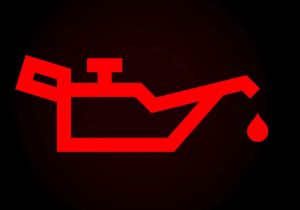
The Oil Pressure warning light will come on if your oil levels are low or oil pressure is low. Monitoring your oil levels is vital to prevent engine damage.
Additionally, your Kona’s Performance modes can be affected by these warnings. If a warning light appears, it’s essential to address the issue promptly to prevent further damage.
Always refer to your owner’s manual for specific guidance on how to respond to these warnings.
System Malfunctions and Procedures
If your Hyundai Kona’s warning lights illuminate, it’s crucial to understand the procedures to follow to guarantee your safety and prevent further damage.
Airbag Warning Light
System failures can lead to hazardous situations, so it’s imperative to interpret the warnings correctly. For instance, if the airbag warning light remains on, it may not deploy in the event of an accident.
ABS System Warning Light
In the same way, an ABS system malfunction increases the risk of locking wheels, but doesn’t affect normal hydraulic brakes.
When you notice a warning light, follow the corresponding procedure. For example, if the BRAKE warning light comes on, verify the parking brake is fully released, check brake fluid levels, and stop the engine to check the reservoir tank.
Brake System Malfunction Procedures
In the event of a brake system malfunction, swift action is crucial to prevent hazardous situations.
BRAKE Warning Light
If your BRAKE warning light remains on, don’t delay – pull over to a safe location as soon as possible.
Check your parking brake to verify it’s fully released, then inspect your brake fluid levels.
Look for signs of a brake fluid leak, as this can cause a significant drop in brake performance.
Inspect your brake pads for wear, as worn-out pads can lead to reduced braking power.
Don’t take any risks – if you’re unsure about what to do, consult your owner’s manual or contact a Hyundai dealership or authorized repair center for assistance.
Electrical System Malfunction Procedures
Battery Warning Light
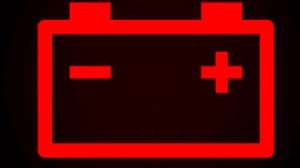
The battery warning light on your Hyundai Kona’s dashboard is a clear indication that something is amiss with your vehicle’s electrical system.
This warning light typically illuminates when there’s a fault with the charging system, and the battery is no longer being charged. If you notice this light, it’s essential to take immediate action to prevent electrical faults and battery drains.
Switch off electrical accessories, try not to use electrically operated controls, and make your way to a vehicle repair garage as soon as possible. Ignoring this warning may lead to a complete electrical system failure, leaving you stranded.
Tire Pressure and Brake Fluid Warnings
Your Hyundai Kona’s dashboard is equipped with warning lights that monitor your vehicle’s tire pressure and brake fluid levels, safeguarding your safety on the road.
Tire Pressure Warning Light
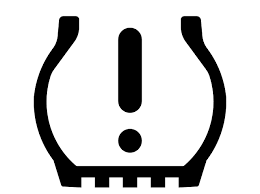
The Tire Pressure warning light illuminates if there’s low tire pressure or a fault with the system. If this light comes on, pull over as soon as possible, avoid sharp steering or heavy braking, and check tire pressure or replace the tire with the spare.
Regular tire pressure checks are essential to maintain peak tire performance and fuel efficiency.
BRAKE Warning Light
Simultaneously, the BRAKE warning light monitors your brake fluid levels, illuminating if they’re low. Verify your parking brake is fully released, check brake fluid levels, and stop the engine to check the reservoir tank if this light remains on.
All-Wheel Drive and Transmission Warnings
As you navigate various road conditions, your Hyundai Kona’s all-wheel drive and transmission systems work in tandem to provide ideal traction and smooth gear shifts.
AWD Warning Light
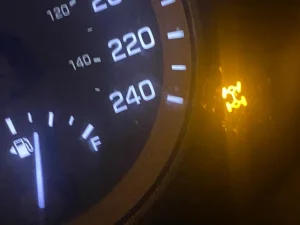
The AWD system’s torque distribution is fine-tuned for maximum stability, but if a fault occurs, the AWD warning light will illuminate constantly. During AWD Activation, the system distributes power between the front and rear wheels, ensuring prime grip on slippery surfaces.
Transmission Warning Light
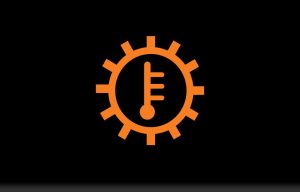
However, if the system detects a malfunction, the warning light will stay on, indicating the need for immediate attention. In the same way, the transmission warning light or message will alert you to potential issues, such as overheating, which may require you to stop safely and allow the transmission to cool down.
Advanced Safety Feature Warnings
Modern safety features in your Hyundai Kona are designed to provide an added layer of protection on the road.
These advanced features work together to help prevent accidents and minimize damage.
Forward Collision-Avoidance (FCA) System Warning Light
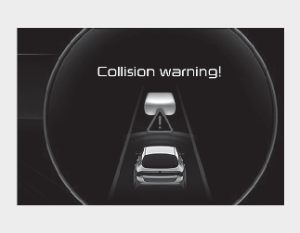
The Forward Collision-Avoidance (FCA) system warning light comes on and stays on if there’s a fault with the system.
This system is designed to alert you of potential collisions and even apply the brakes if necessary.
Lane Keeping Assist (LKA) Warning Light
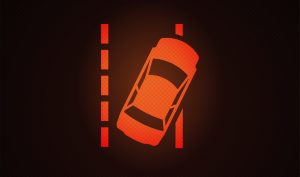
The Lane Keeping Assist (LKA) warning light comes on for various reasons, including if the sensor doesn’t detect lane lines or if your vehicle speed is under 40 mph.
Both of these systems are designed to work together to keep you safe on the road.
Miscellaneous Warning Symbols
Beyond advanced safety features, your Hyundai Kona’s dashboard is equipped with a range of miscellaneous warning symbols that alert you to various system malfunctions and driving conditions.
Icy Road Warning Light
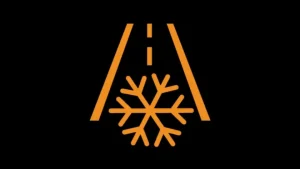
These symbols include the Icy road warning light, which indicates that road surfaces may be slippery due to ice.
LED Headlight Warning Light

You’ll also find the LED headlight warning light, which illuminates or flashes due to a fault with the LED headlights.
Additionally, there are symbols for all-wheel drive system malfunctions, transmission overheating, and hill descent control.
These warnings are designed to keep you informed and in control, so it’s essential to familiarize yourself with them to guarantee a safe and enjoyable driving experience, and to certify that you’re always prepared for any situation that may arise.
System Check Warnings and Sensor Issues
While traversing through your Hyundai Kona’s advanced safety features, you may encounter system check warnings that require your attention.
Rear Sensor Warning
These warnings may appear with another image or symbol, requiring identification of the specific issue. For instance, the rear sensor warning may appear when you put the vehicle into reverse, indicating an issue with the rear sensors.
Forward Collision Avoidance System Warning
In the same manner, the forward collision avoidance system warning may appear as a car with an arrow pointing to the hood and a yellow light.
Radar sensor issues can be resolved by cleaning the sensor, which may be affected by dirt, mud, or snow. Likewise, camera sensor issues can be resolved by cleaning or maintaining the sensor, located at the top-center of the windshield.
Safety Features and Warnings
Seat Belt Reminder Light

Persistent flashing with audible alerts signals unbuckled seat belts. This crucial safety feature ensures proper restraint system engagement before driving.
Electronic Stability Control (ESC) Warning
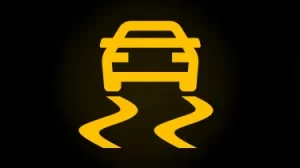
Illuminates when traction control systems are disabled or malfunctioning. Reduced vehicle stability requires immediate attention for safe cornering and braking.
Blind Spot Monitoring (BSM) Alert
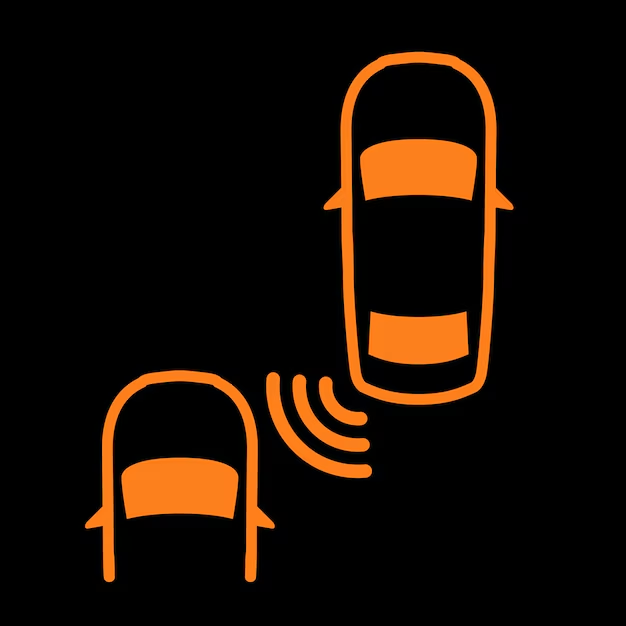
Flashes when vehicles are detected in adjacent lanes. System may deactivate in heavy rain or snow – clean sensors for optimal performance.
Engine and Performance Warnings
Coolant Temperature Warning
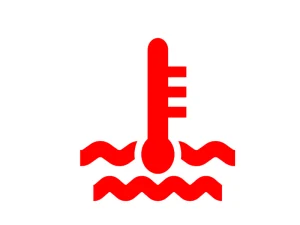
Red thermometer symbol indicates overheating risk. Immediate shutdown is crucial to prevent engine damage from excessive temperatures.
Fuel System Warning

Illuminates for fuel cap issues or system contamination. Tighten cap securely or seek diagnostics for potential fuel delivery problems.
Turbocharger Boost Warning
Specific to turbo models, indicates boost pressure anomalies. Reduced power and potential turbo damage may occur if ignored.
Electrical System Malfunction Procedures
Alternator Warning Light
Shows charging system failure when illuminated while driving. Immediate electrical load reduction preserves battery power for essential systems.
12V Battery Charge Warning
Indicates smart charging system faults. Hybrid models show high-voltage battery warnings separately for specialized servicing.
Advanced Safety Feature Warnings
Automatic Emergency Braking (AEB) Alert
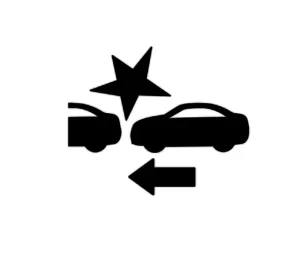
Flashing red warning precedes autonomous braking activation. System requires sensor calibration after windshield replacements.
Driver Attention Warning (DAW)
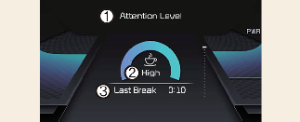
Coffee cup symbol suggests rest breaks when detecting fatigue patterns. Resets after ignition cycle or sufficient rest periods.
Hybrid/Electric Specific Warnings
Regenerative Braking Warning
Shows reduced energy recovery efficiency. Typically accompanies brake system warnings requiring professional assessment.
High Voltage Disconnect Warning
Critical red warning for hybrid/electric models. Indicates isolation fault requiring immediate professional shutdown procedures.
Driver Assistance System Warnings
Smart Cruise Control Fault
Appears when radar cannot maintain safe following distances. Common in heavy precipitation – clean front grille area regularly.
Parking Assist Malfunction
Shows when ultrasonic sensors are obstructed. Snow, ice or mud accumulation typically triggers this temporary warning.
When looking at Hyundai, make sure to check out our guides on models like the Hyundai IONIQ, Hyundai I30, Hyundai I10, and Hyundai I20. Understanding dashboard warning lights is essential. Our expert reviews break down what each light means, highlighting common alerts for these models and what they could signal about underlying issues, so you’re never left guessing behind the wheel.
Always consult your owner’s manual when warning lights appear and seek professional diagnosis for persistent warnings to maintain your Hyundai Kona’s performance, safety and longevity. The vehicle’s advanced diagnostic systems provide detailed fault codes that help technicians quickly identify and resolve issues.

